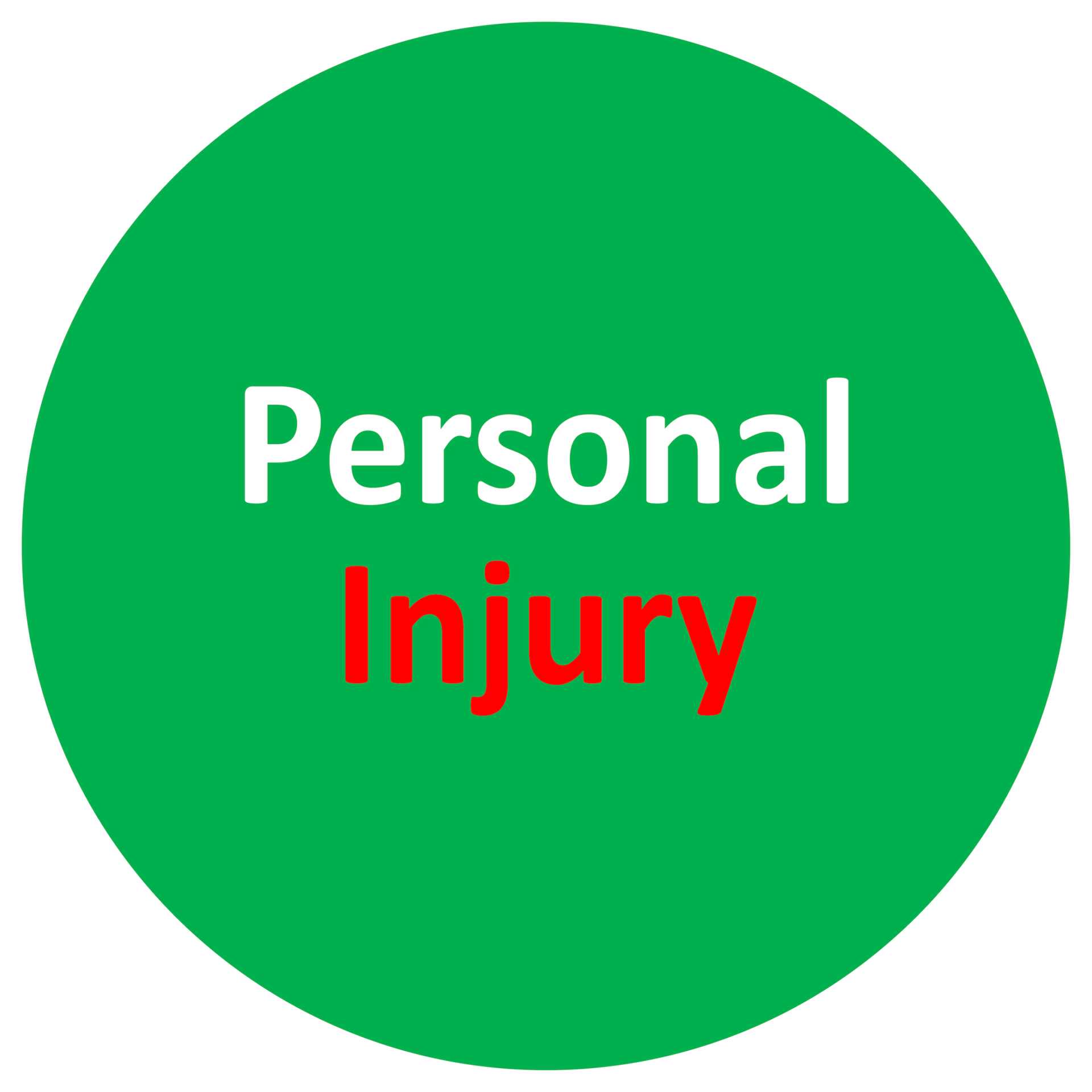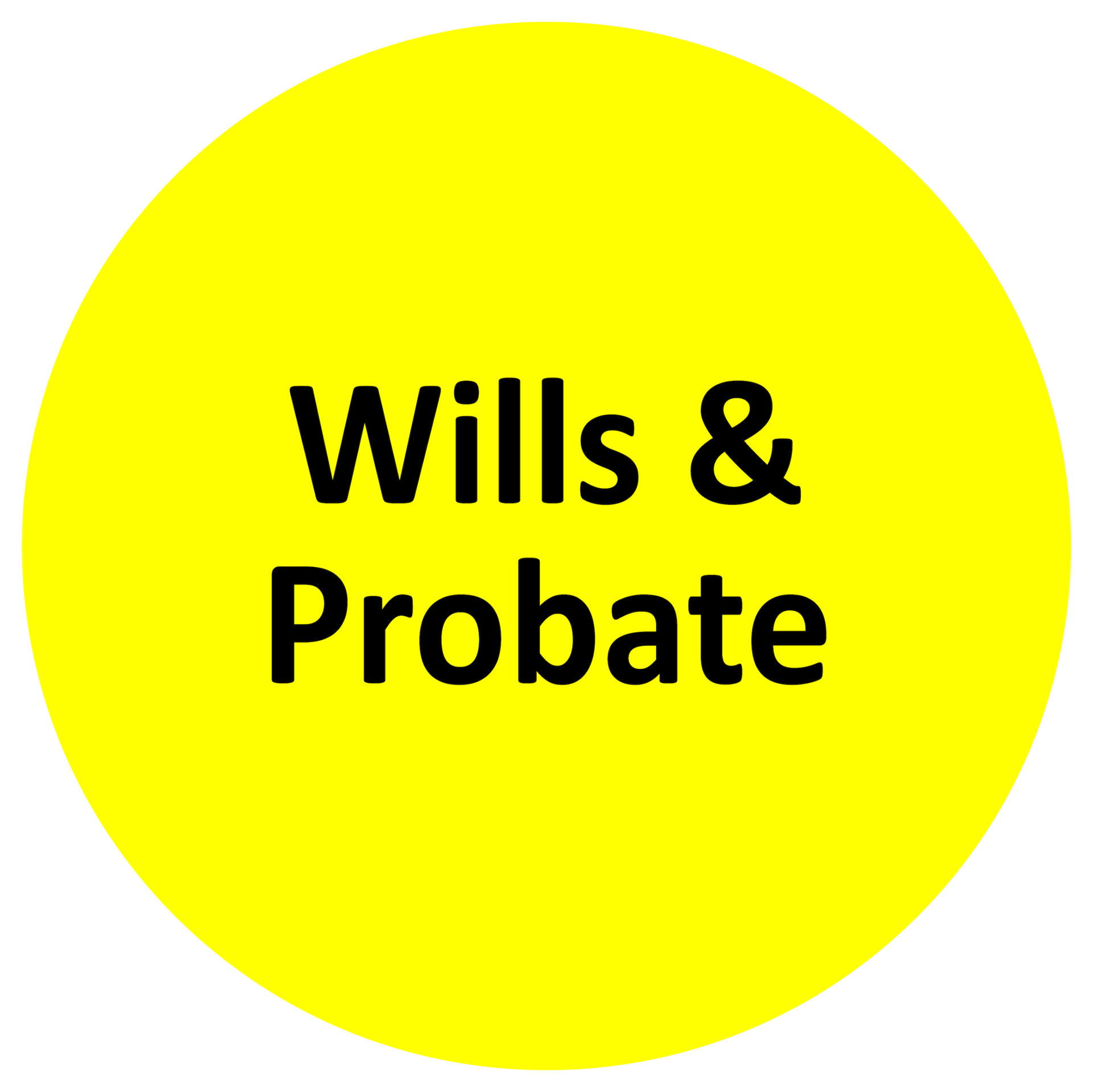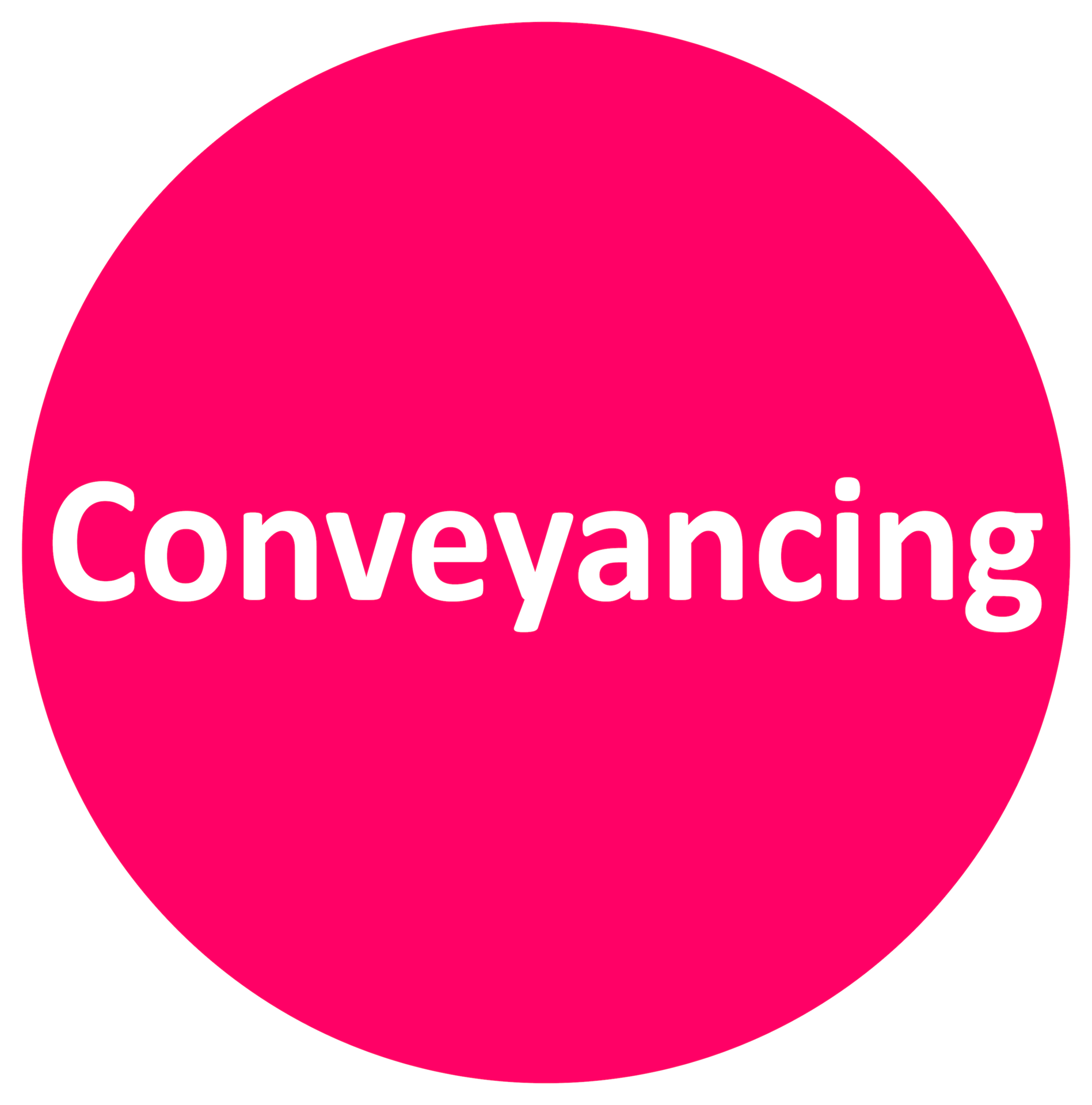How Accurate Is A Land Registry Title Plan?
Posted on 26th June 2020
What is the Title Plan?
When a property is registered at HM Land Registry, there are two important documents that are formed. Firstly, the Official Copy Entries are formed, which are also commonly referred to as the Register of Title. This document encompasses all relevant details about the property, inclusive of the registered proprietors’ details, any registered charges and any rights and restrictions that are subsisting against the property. For more information on what this Register entails, and its importance, see our blog, here.
Rule 5, of the Land Registration Rules 2003 – which can be viewed here, outlines that the Official Copy Entries, as discussed above, are to be accompanied by a Title Plan. The Title Plan is comprised, and is based on the Ordnance Survey Map boundaries, noting the property boundaries edged in red, in order to support the information stipulated on the Register of Title.
Fixed-fee Conveyancing Solicitors:
MG Legal's leading coveyancing solicitors offer an unmatched service, and clear, fixed-fee rates. Our team put your first, and work with care to ensure that your property matters go smoothly, with no hidden costs. Call us today so speak to a conveyancing solicitor: 01995 602129

Get in touch today to speak to a Conveyancing Solicitor.
How is the Title Plan obtained?
These documents, importantly, form part of the Contract pack, that is supplied by the seller’s solicitor. For more information on the Contract pack, and what this is to include, see our overview, here.
In order to formulate the same, the Register of Title and Plan are obtained from HM Land Registry’s online portal, which is accessible by your conveyancing solicitor. These documents are, however, of public record and, should copies be required, direct enquiries with the Land Registry can be made, for sight of the same.
What does the Plan look like, and what does it include?
So, what can you expect with the Title Plan? Aside from the obvious, and noting the property boundaries edged red, the Plan is also characterised by the following:
- Noting a northerly point, in order to accurately identify the property boundaries in terms of their location.
- A scale, confirming the scale upon which the Plan has been comprised.
- A note of the Ordnance Map Survey reference, in order that this can be identified, if necessary.
- Confirmation of the Title Number, in order that the corresponding Register of Title can be obtained.
- Confirmation of the administrative area covered, which notes the local authority serving the land, for example, Lancashire.
- In some cases, the Plan will also note parcels of land shaded, or hatched, in different colours. Such additions to the Plan are explained within the Register of Title and can, commonly, relate to parcels of land being removed from the title, or being covered by easements, for example. Your property conveyancing solicitor would, of course, advise you of any abnormalities in this regard, and explain the meaning of any shaded areas.
- If, for example, the property is a leasehold flat, on the second floor, the Title Plan would make the necessary notations that the property is on the second floor. This is, usually, carried out by shading the property in blue, and explained on the property Register, to confirm the level upon which the property is situated. This came about as a result of Land Registry changes, in October 2014, in order to make this clearer.
- Where the property is accompanied by a car parking space, or separate garage, for example, this will also be noted on the Plan, as forming part of the property boundaries.
For more on what the Title Plan is to include, and how HM Land Registry deal with such matters, see their Practice Guide, here.
What if the property is not registered at HM Land Registry?
Where the property is unregistered, there will be no such plan available. This is because the Land Registry do not hold any records pertaining to the property. In such instances, the plan from the last Conveyance, Transfer or Title Deed, would be utilised for such purposes.
It is, of course, always a good idea to ensure your property is registered, even if no dealings are being undertaken in respect of the land. This is to ensure that the Land Registry hold records of the property, and, indeed, your ownership of the same. This can also help protect you against property fraud as, commonly, unregistered properties are classed as vulnerable to such activity. See our Preston solicitors blog, for further ways you can protect yourself from property fraud, by following, here.
So, if you want to get your property registered at HM Land Registry, contact our team of property conveyancing solicitors, here, or via email at at property@mglegal.co.uk, who can guide you through the process. For more information on what this involves, see our blog, here.
How accurate is the Land Registry plan?
Whilst of importance to your conveyancing transaction, it is essential to note the accuracy of the Title Plan. Such Plans can never be considered to be 100% accurate, as the boundaries are noted by HM Land Registry as ‘general boundaries’ only. This is, of course, unless there has been a boundary line determination made, to confirm the exact positioning of the same. This would, usually, however, only come about as a result of a dispute.
Although not accurate to specific feet and inches, the markings on the Plan, such as location of buildings, road bends and fence markings, will assist in determining the accuracy of the Plan.
In addition, the Land Registry do offer a Map Search service, which is used by your property conveyancing solicitor to gain further clarity on the property boundaries and surroundings.
Why do I need to see the Plan, if I have seen the property in person?
Your property conveyancing solicitor will supply you with a copy of the Plan, whether you are selling or buying a property, for the following reasons:
- When selling a property, your conveyancer will require confirmation that the boundaries on the Plan do note an accurate reflection of the physical boundaries on the ground, in order to confirm that this denotes the piece of land you intend to sell. If, of course, there are any discrepancies, the buyer would need to be advised, in order that they are getting what they paid for, and any issues can be ironed out before Completion.
- The above works symmetrically when purchasing a property. You will require sight of the Title Plan, to confirm that the same is an accurate reflection of the land you intend to purchase. In addition, the Plan will assist your property solicitor in advising you of any easements or rights of access, for example, that are affecting the property.
As you can see, the Title Plan can supply you with various pieces of important information, and will be relevant to your conveyancing transaction, in any event.
Your conveyancer will, therefore, be advising you on what the Plan entails and how the same may affect you, and your conveyance. So, if you have any queries pertaining to the Title Plan, get in touch with us today, at property@mglegal.co.uk, where our team will be on hand to assist.
Alternatively, submit your enquiry with our local solicitors online today, here, for a response within the hour.
Contact Us Today:
Or give us a call on 01995 602129

Clear, fixed-fees

Fully-Qualified Conveyancing Solicitors

Tailored Service

Multiple Office Locations

Decades of Experience

Home Visits
MG Legal – Your Local Solicitors
Tagged as: Property Law, Your Local Solicitors
Share this post:




